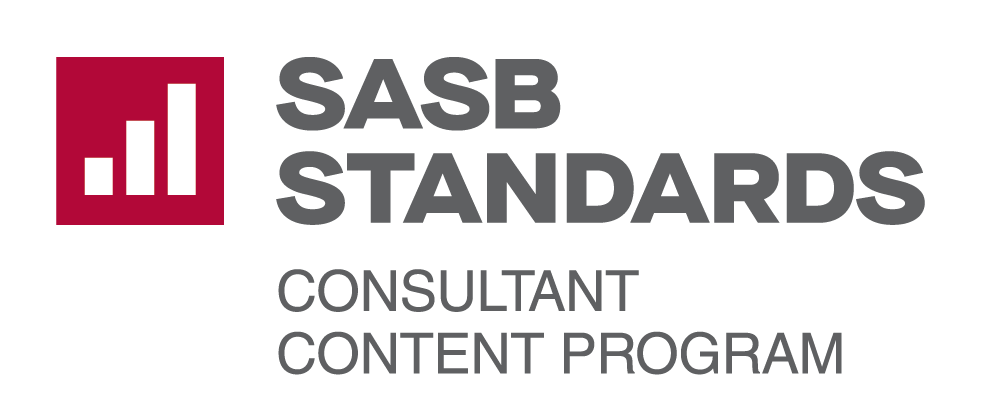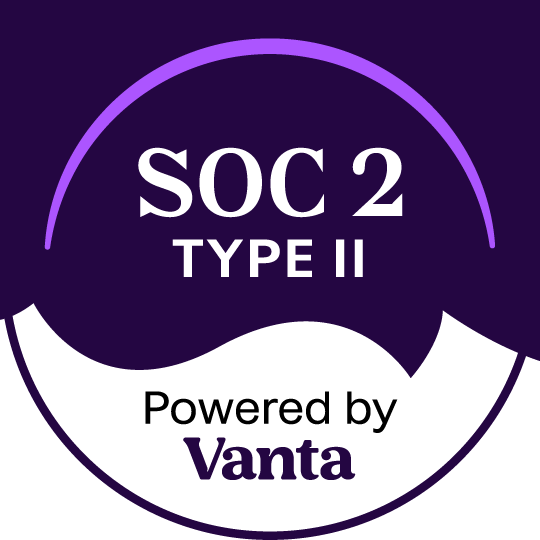Overview
Introduced: 2015 (Net-Zero Standard introduced in 2021)
Effective from: Ongoing
Last modified: March 2024 (Corporate Net-Zero Standard V1.2, effective in 2025)
Region(s): Global
Learn more about the benefits of adopting SBTis in our blog.
About
The Science-Based Targets initiative (SBTi) provides companies and financial institutions globally with a rigorous framework to set greenhouse gas (GHG) emissions reduction targets aligned with the latest climate science and the Paris Agreement. Targets validated by the SBTi are consistent with limiting global temperature rise to 1.5°C and achieving net-zero emissions by no later than 2050.
As of 2024, SBTi has validated science-based targets (SBTs) for over 6,000 companies globally, aiming to surpass 10,000 participating companies by the end of 2025. The SBTi recently updated its criteria and sector-specific pathways in March 2024, increasing the rigor of target validation, particularly emphasizing Scope 3 emissions and credible net-zero transition planning.
Criteria for compliance
Entities covered
-
Voluntary framework available to companies of all sizes, sectors, and geographic regions.
-
Particularly relevant for large corporations, publicly traded companies, and organizations facing pressure from investors, supply-chain partners, or stakeholders to set credible science-based targets.
Key requirements for Science-Based Targets
-
Scope of Targets:
-
At least 95% of Scope 1 and Scope 2 GHG emissions. must be covered.
-
If Scope 3 represents 40% or more of total emissions, a Scope 3 target is mandatory.
-
-
Target Timeframes:
-
Near-term targets (5–15 years into the future).
-
Long-term targets aligned with achieving net-zero emissions by 2050 or earlier.
-
-
Alignment and Ambition:
-
Targets must align with a 1.5°C global warming scenario, following the latest climate science from IPCC and sector-specific SBTi pathways.
-
-
Offsets and Neutralization:
-
Carbon offsets cannot be counted towards meeting reduction targets but may be used only to neutralize residual emissions after deep decarbonization.
-
Compliance timelines
-
Commitment to Validation: Companies must submit targets to SBTi for validation within 24 months of commitment.
-
Updated Criteria Effective: March 2024 update (Corporate Net-Zero Standard V1.2) will become effective in 2025.
-
Revalidation: Targets must be reviewed, recalculated, and revalidated at least every 5 years to remain aligned with the latest scientific developments.
Disclosure requirements
-
Companies must publicly disclose:
-
Near-term (5–15 years) and long-term net-zero emissions reduction targets.
-
Comprehensive GHG inventory (Scope 1, 2, and 3).
-
Annual progress against targets.
-
Strategies and actions taken to achieve emissions reductions across the full value chain.
Net-zero targets specifically must align with the SBTi Corporate Net-Zero Standard.
-
Third-party auditing
The SBTi has appointed an independent Technical Council to review and enhance the integrity of science-based targets. This includes closer scrutiny of the validation process and partnerships with other standards-setting organizations to improve the integration of sustainability strategies across different frameworks.
Third-party external assurance of GHG emissions inventory and annual disclosures is strongly recommended for credibility and trust with stakeholders, although not mandated by SBTi.
Penalties for non-compliance
-
Removal or delisting from the public SBTi registry.
-
Reputational risks and loss of stakeholder trust.
-
Potential exclusion from investor portfolios, procurement policies, or sustainability-linked financing opportunities.
Jurisdictions and standards alignment
SBTi targets align closely and/or indirectly influence regulatory and voluntary standards globally, including:
-
U.S. Federal procurement (proposed integration)
-
UK Transition Plan Taskforce guidelines
-
European Union Corporate Sustainability Reporting Directive (CSRD) through alignment with 1.5°C-compatible transition pathways
-
UNFCCC Race to Zero campaign criteria









